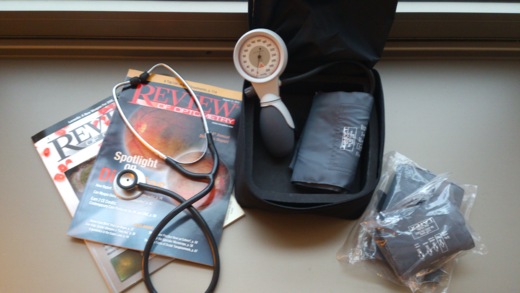Diabetes is a huge public health concern in this country. At a prevalence of over 29 million people in the US – that’s nearly 10% of the population! There’s no denying that diabetes will be a large part of our practices for years to come. As providers of primary eye care, we know that one of the key modifiable risk factors for the development of diabetic retinopathy is blood sugar control.
However, to educate about glycemic control alone is to leave out a huge piece of the retinopathy puzzle. I myself have been guilty of cutting patient education short, but I think it is important to get in the habit of discussing diabetes in terms of all of the modifiable risk factors – not just blood sugar!
Non-Modifiable Risk Factors for the Development of Diabetic Retinopathy
- Duration of disease – this is a big one!
- Type of diabetes (1>2)
- Increased age, genetics, ethnicity, male gender
- Kidney problems
Modifiable Risk Factors for the Development of Diabetic Retinopathy
- Severity of Hyperglycemia
- Hypertension
- Elevated serum lipid levels
- Smoking
- Obesity/Sedentary Lifestyle
- Pregnancy

The easiest way to hit all of the points when educating diabetic patients is to mention the ABC’s. As optometrists, we’re worried about retinopathy, but mentioning these systemic pointers will also help reduce the risk of other heavy hitters like stroke and heart disease.
-
HbA1c
- The ADA recommends <7%
- The AADE recommends <6.5%
-
Blood pressure
- Aim for under 130/90 mmHg
-
Cholesterol
- LDL <100 mg/dL
- HDL >40 mg/dL for men and >50 mg/dL for women
- Triglycerides <50 mg/dL
-
Smoking: Quit, or don’t start

You can also find an extended version of the ABC’S through the American Diabetes Association.

